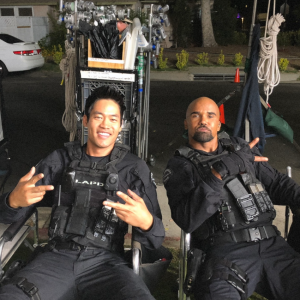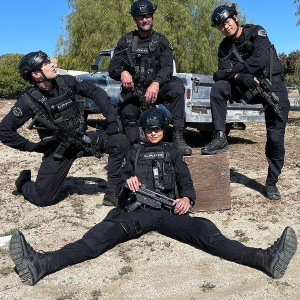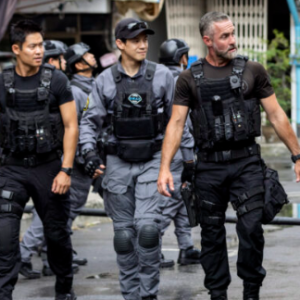The announcement of S.W.A.T. Exiles, a potential spin-off to the popular action-drama series S.W.A.T., has generated considerable buzz, yet its proposed premise concerning the forced retirement and subsequent new deployment of protagonist Hondo Harrelson has left many fans scratching their heads. As it currently stands, the narrative presented for S.W.A.T. Exiles struggles to align with the established characterization of Hondo and the intricate dynamics of the S.W.A.T. universe. The idea that Sergeant Daniel “Hondo” Harrelson would simply abandon his team or be arbitrarily forced into retirement without a compelling, deeply explained reason feels fundamentally inconsistent with the character audiences have come to know and admire over seven seasons. This disconnect risks not only undermining the integrity of the spin-off but also tarnishing the legacy of the original series, particularly in the wake of S.W.A.T. season 8’s finale, which should ideally serve as a respectful springboard rather than a contradictory predecessor.
At the heart of the issue lies Hondo’s unwavering dedication. Throughout the series, Hondo has been portrayed as the quintessential leader – a man whose loyalty to his team, his city, and his principles is absolute. He’s a mentor, a protector, and a pillar of the community, consistently putting his life on the line and navigating complex moral dilemmas with a steadfast resolve. His commitment to 20-Squad and his role within the LAPD S.W.A.T. is not merely a job; it’s an intrinsic part of his identity. The notion that he would willingly or passively accept a forced retirement, only to resurface in a new, unexplained capacity, defies his character arc. Audiences have seen Hondo face down corruption, stand up to higher-ups, and fight tirelessly for justice and his team. For him to simply “hang up his badge and gun” without significant protest or an incredibly profound reason would be a betrayal of his established persona, suggesting a lack of agency or passion that simply doesn’t fit.
The premise states that Hondo has been “forced into retirement,” which is perhaps the only element that holds a modicum of believability, given the high-stakes nature of police work and the political pressures within law enforcement. However, even this requires substantial justification. Was it a result of an injury? Hondo is tough, and injuries typically lead to a period of recovery or reassignment, not an immediate, complete break followed by an unexplained new role. Was it due to a disciplinary action, or did he “do something wrong”? This would be a radical departure for a character celebrated for his moral compass and integrity. For Hondo to be dismissed due to a transgression would require a narrative so monumental and out of character that it would fundamentally reshape how viewers perceive him. Alternatively, if the “top brass” were simply “unhappy with him,” the specific catalyst for this displeasure needs to be explored with depth, showing how Hondo’s principles might have clashed with bureaucratic demands in a way that left him no choice but to be sidelined. Without such clarity, his exit feels arbitrary and, more importantly, underserved by the narrative.
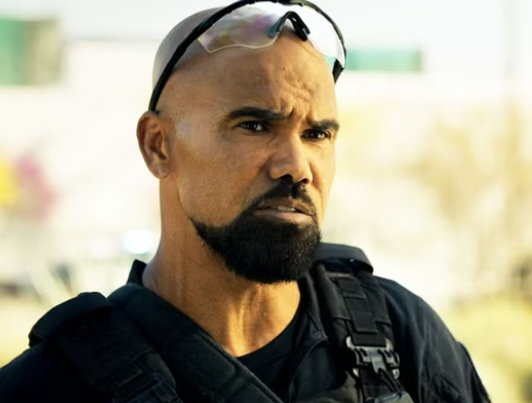
This narrative conundrum, however, has a surprisingly straightforward and effective solution: a time jump. This well-worn yet highly potent plot device has been successfully utilized across countless television series to bridge narrative gaps, explain character transitions, and refresh storylines. For S.W.A.T. Exiles, a substantial time jump – ideally around five years – offers the most elegant and logical pathway to legitimize Hondo’s new circumstances while honoring the continuity of the original series.
A five-year leap provides ample time for significant, organic shifts to occur in the S.W.A.T. universe. Firstly, it elegantly explains the dissolution or re-assignment of Hondo’s beloved 20-Squad. Five years is enough time for team members like Deacon, Street, Tan, and Luca to pursue other opportunities, retire, or be reassigned within the LAPD. Deacon, for instance, could have naturally transitioned into a leadership role, perhaps even taking over Hondo’s former unit or leading a new S.W.A.T. squad, thereby providing a clear path for the original series to continue if desired, or at least showing that the team’s legacy perseveres. Such a passage of time would also allow for natural character evolution, ensuring that any eventual cameos or references to the original team feel earned and authentic rather than forced.
Crucially, a time jump allows for a credible explanation of Hondo’s “forced retirement” that aligns with his character. During this five-year period, Hondo could have found himself in a profound conflict with the LAPD’s leadership. Perhaps he took a principled stand against a corrupt superior, uncovered a vast conspiracy within the department, or refused to compromise on a moral imperative that clashed with political expediency. Such a defiance, coming from a respected but outspoken leader, could easily lead to a forced, if quiet, exit – a situation where his integrity made him an inconvenient asset. This narrative arc would not only justify his removal but also deepen his character, presenting him as a man whose commitment to justice transcends his uniform.
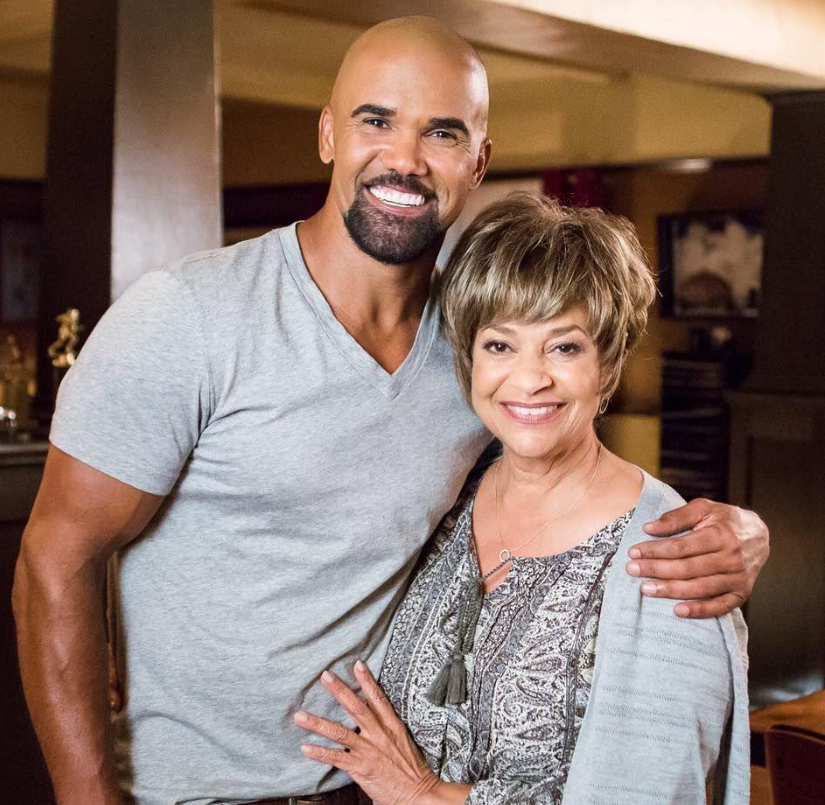
Furthermore, these five years would offer Hondo invaluable time at home with his family. The original series often highlighted his yearning for a stable personal life, particularly after the birth of his daughter, Nichelle, and the joys and challenges of fatherhood. A forced hiatus from the front lines would provide a compelling opportunity for Hondo to fully immerse himself in family life, raising his child and building a deeper connection with Nichelle. This domestic interlude could foster a new perspective on his career, allowing him to question his future with the LAPD, assess the true cost of his work, and perhaps even find a renewed sense of purpose outside the traditional confines of S.W.A.T. He might initially resist the idea of returning to active duty, having found peace and fulfillment in his civilian life, which would make his eventual re-entry into the world of S.W.A.T. Exiles a more impactful and emotionally resonant decision.
Moreover, a time jump provides the perfect backdrop to establish the unique ethos of S.W.A.T. Exiles. If Hondo’s forced retirement was due to a clash of principles, then his new team – the “Exiles” – could be comprised of individuals who have faced similar professional banishments or who operate outside conventional law enforcement structures. This would create a unit bound not by departmental loyalty but by a shared sense of justice and a willingness to operate in the gray areas that the system often ignores. Such a premise would allow the spin-off to retain the core themes of teamwork, loyalty, and fighting for what’s right, albeit in a fresh and potentially more morally ambiguous context. The “S.W.A.T. family” theme, so central to the original series, could be reinterpreted through this new, unconventional unit, showing how bonds of trust and shared purpose can form even among those deemed outsiders.
In essence, a five-year time jump is not merely a plot convenience; it’s a narrative necessity. It provides the space and time required to logically deconstruct Hondo’s original life, explain his forced departure from 20-Squad, and cultivate the new motivations and circumstances that lead him to S.W.A.T. Exiles. By respecting the established character and narrative continuity of S.W.A.T., this simple yet powerful device ensures that the spin-off can launch with a credible, emotionally resonant foundation, allowing audiences to fully invest in Hondo’s next chapter without feeling that the legacy of his past has been unjustly rewritten. It paves the way for a rich, compelling new series that builds upon, rather than detracts from, the beloved original.
